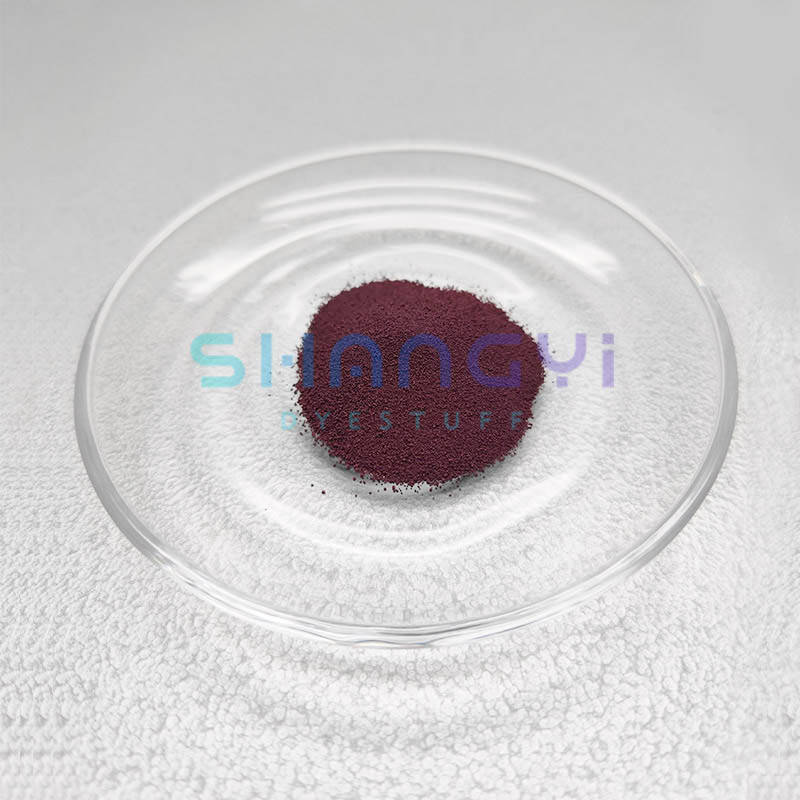What is dye used for?
2023-10-17
Dyes are substances used to impart color to a material, typically by chemically binding to the material's fibers or surface. Dyes are extensively used in various industries, including textiles, printing, cosmetics, food, and more. The specific application of dyes varies depending on the industry and the material being colored. Here are some common uses of dyes:
1. Textile Industry: Dyes are widely used in the textile industry to color fabrics, yarns, and fibers. Different types of dyes are used for natural fibers (such as cotton, wool, and silk) and synthetic fibers (such as polyester and nylon). Textile dyes provide a wide range of colors and shades, contributing to the visual appeal of clothing, home textiles, and fashion accessories.
2. Printing: In the printing industry, dyes are used in inks for various printing methods, such as inkjet and screen printing. These dyes are formulated to produce vivid colors and are often used for producing images, graphics, and designs on paper, fabrics, ceramics, and other surfaces.

3. Cosmetics and Personal Care: Dyes are used in cosmetics and personal care products to add color to makeup, hair dyes, nail polish, lotions, soaps, and more. These dyes enhance the visual appearance of the products and allow consumers to customize their looks.
4. Food and Beverages: Food dyes, also known as food colorants or food additives, are used to add color to a wide range of food and beverage products. They are used to improve the visual appeal of foods, create specific appearances (e.g., bright colors in candies), and standardize the appearance of processed foods.
5. Paints and Coatings: Some paints and coatings use dyes to achieve specific colors or color effects. These dyes are often incorporated into liquid or powder paint formulations to provide a consistent and vibrant color when applied to surfaces.
6. Plastics and Polymers: Dyes are used to color plastic products, such as toys, packaging materials, automotive parts, and consumer goods. They can be added to the plastic during the manufacturing process to achieve the desired color.
7. Medical and Scientific Applications: Dyes are used in medical diagnostics and research, such as staining cells and tissues for microscopy, identifying specific components in samples, and conducting experiments.
8. Security and Anti-Counterfeiting Measures: Specialty dyes can be used for security printing, document authentication, and anti-counterfeiting measures. These dyes may be invisible under normal lighting conditions but become visible under specific lighting or conditions.
9. Art and Craft: Dyes are used by artists and crafters to color a wide range of materials, including fabrics, paper, wood, and more. They provide a versatile way to achieve desired colors and effects in creative projects.
10. Industrial Applications: Dyes are used in industrial processes for coloring various materials, such as plastics, rubber, and ceramics, for identification, branding, and aesthetic purposes.
Dyes are available in a variety of types, including natural dyes derived from plant or animal sources, synthetic dyes developed through chemical processes, and specialized dyes for specific applications. The choice of dye depends on factors such as color fastness, compatibility with the material, intended use, and regulations governing the specific industry.


